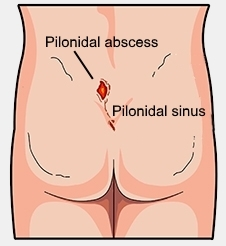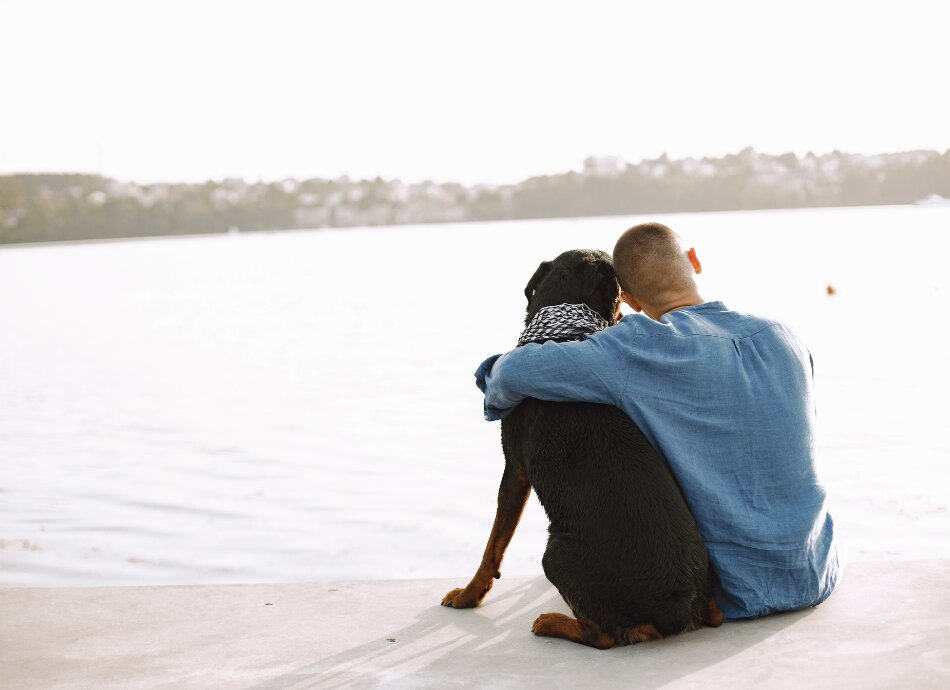It's not known why pilonidal disease happens, but it may be due to having a small dimple in the area or damaged hair follicles that poke into your skin. Once the hairs become stuck in your skin they irritate it, causing inflammation. A cavity can develop in this area called a pilonidal sinus.
your skin. Once the hairs become stuck in your skin they irritate it, causing inflammation. A cavity can develop in this area called a pilonidal sinus.
Image credit: Medical Illustrations, Canterbury DHB
This can form a lump (pilonidal cyst) that isn't painful or red. If this cyst gets infected it becomes a pilonidal abscess.
There are certain situations that make it more likely to happen. These include:
- having curly or coarse body hair in the area around your buttocks
- having a family history of the disease
- being overweight
- poor hygiene
- prolonged sitting or repeated friction to the area causing increased sweating
- certain other skin conditions.
Pilonidal disease can affect anyone but is most common in men. Usually it occurs after puberty and is rare after the age of 40.






